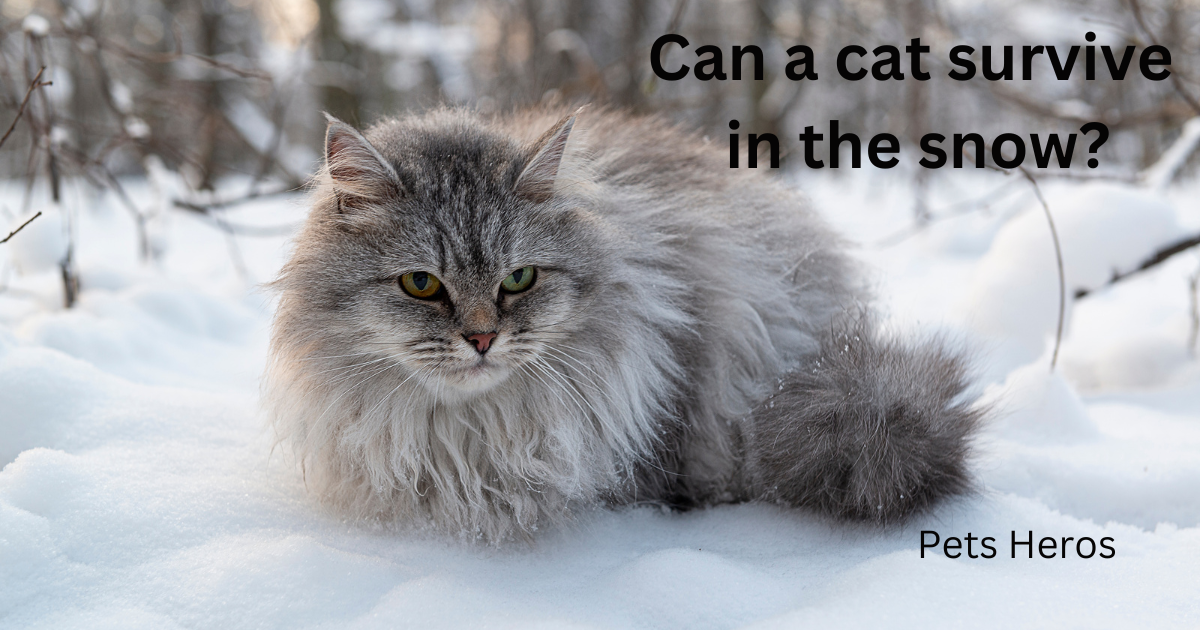Can a cat survive in the snow?: No matter how resourceful they are, these outdoor cats need some help to survive the winter. You may be worried about your neighborhood’s cats as the weather gets colder.
These cats may be pet cats whose owners have let them out, or they might be community cats, a group that includes ferals, who are scared of people, and strays, who’ve been abandoned or lost.
No matter how resourceful they are, these outdoor cats need some help to survive the winter. There are plenty of plans and instructions to get you started.
The kitties will be grateful if you can spare some time. These tips will help keep your outdoor cats warm during the winter months.
It’s cheaper to build your own, and many plans and instructions are available. You can build one yourself for less money. [Can a cat survive in the snow?]
7 powerful breed types of cats survive in the snow
- Maine Coon
- Norwegian Forest Cat
- Siberian
- Ragdoll
- British Shorthair
- Scottish Fold
- Turkish Van
1. Maine Coon
Maine is where the Maine Coon was born, but there are several theories about the origins of this breed.
The long-haired ancestors were imported to Maine in 1850 by European sailors. They were used as working cats on ships.
Maine Coons tend to be sleek and slender. A full-size adult is between 25 cm and 42 cm tall and 120 cm long.
Males can weigh up to 16 kg and females up to 13kg. Maine Coons measuring 123 cm, were the longest cat to be recorded in Guinness World Records.
They are slow-growing kittens and reach full size after five years. Most other cats only take one. They also have long, bushy tails.
Brown tabby is the most popular color. The breed’s fur is dense, water-resistant and resistant to cold temperatures due to their native region. [Can a cat survive in the snow?]
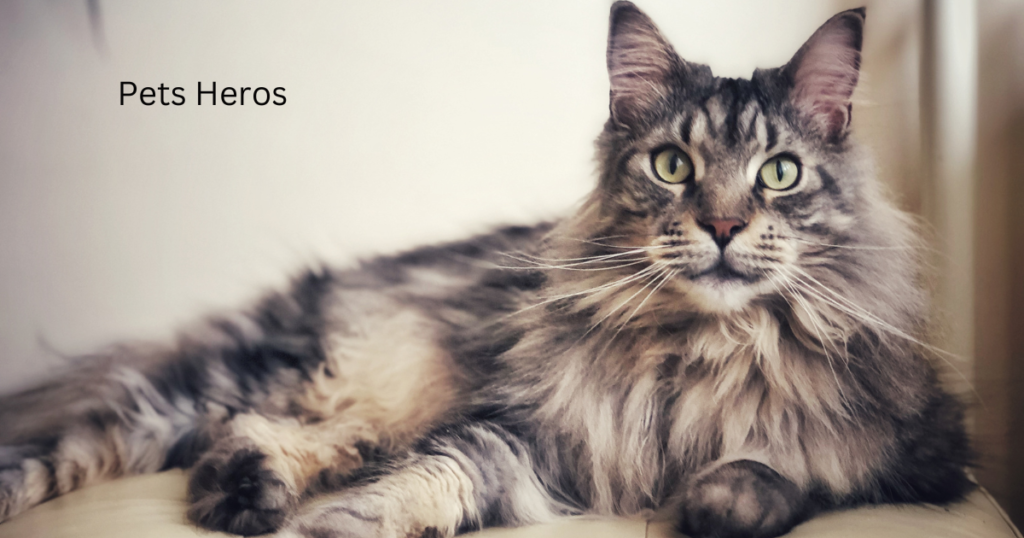
2. Norwegian Forest Cat
The Norwegian forest cat has a thick, long coat that allowed their ancestors to survive in the Norwegian forests for many centuries.
These large cats are living house cats, though they do not like lying on anyone’s lap. They would prefer to be near you rather than on top of you.
The calm and affectionate cat, called skogkatt in Norwegian or “wedgie” in the U.S.enjoys a weekly brushing for its long hair. You’ll also need a good carpet cleaner, especially during the spring.
The Norwegian forest cat, while independent, is affectionate and will occasionally jump up to give you a quick cuddle.
This is not to say that the Norwegian cat is aloof. Norwegian forest cats love their owners and are involved in every aspect of the family’s life. [Can a cat survive in the snow?]
Read Also: Why are dogs naturally aggressive?
3. Siberian
Ferrara’s longtime collaborator, Dafoe, is a middle-aged man named Clint. His rumbling voice, which we first hear over the opening credits of the film, recalls childhood trips in the remote Canadian wilderness.
It may be that this intense memory has led him to run a bar on the Siberian wastelands. He experiences dreamlike encounters punctuated with traumatized delusions or epiphanies.
Dafoe has a good handle on these dogs. He takes a pilgrimage through the snowy terrain, pulled by a husky team.
Simon McBurney is a reclusive heretic or magus from whom Clint wants to learn the truth about black magic. The following sexual reverie features a woman who transforms into McBurney’s sinister soothsayer. [Can a cat survive in the snow?]
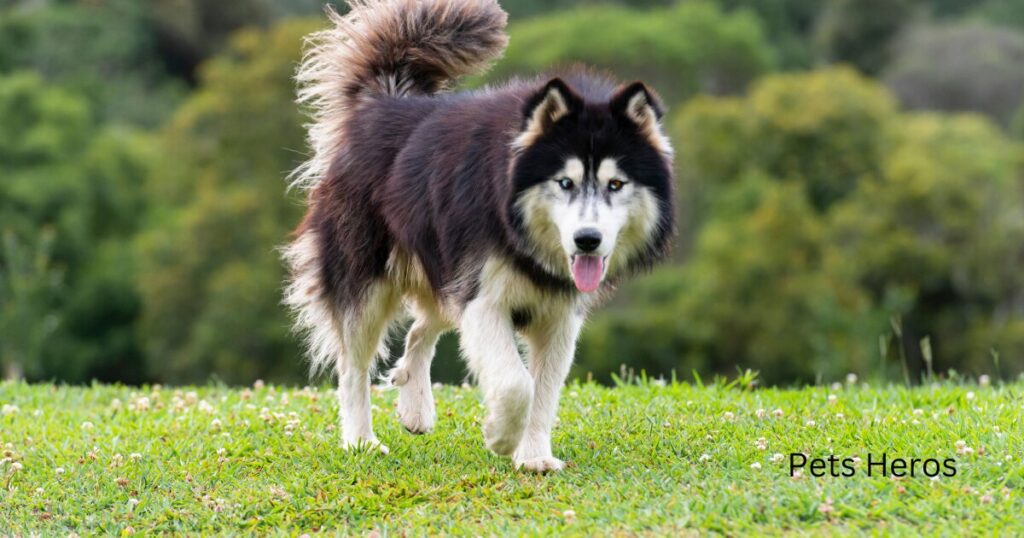
4. Ragdoll
You’re a detective who is investigating Britain’s most notorious serial killers. A new one just showed up. Six pieces of a victim’s body were found neatly stitched into one horrifying hole in an abandoned flat.
Suppose you’re Nate Rose and Emily Baxter, the investigators from Ragdoll (Alibi). In that case, the answer is to compete for the coolest killer name. Loco Chanel is a frontrunner in honor of the killer’s high-class artistic ability.
Alibi’s Ragdoll promo makes much of the fact it was produced by the same company as Killing Eve and that its writer, Freddy Syborn, wrote an episode for that show.
The show shares Eve’s wicked humor or its determination to meet wickedness with humor. Within 10 minutes, you will be able to tell.
Whether the black comedy, operatic violence, and arch, almost overwritten dialogue makes you squirm with delight or explode with irritation. [Can a cat survive in the snow?]
5. British Shorthair
The “British Shorthair Cat” name may bring to mind the Cheshire cat from Alice in Wonderland. Lewis Carrol.
He is said to have based his quizzical Cheshire Cat, with its perpetually smiling face, on British shorthairs.
British shorthairs make friendly pets that enjoy being around people and napping. The cats are large and have soft fur, which makes them a great companion for cat lovers.
British shorthairs are friendly and calm. They make good pets for families. British Shorthairs are solid, large cats.
British shorthairs can weigh 6 to 12 pounds at maturity, although some cats are larger.
Their faces are large and round, with a very slight slope on the forehead. Their eyes are very round, and their ears have rounded tips.
The breed has thick, dense hair that comes in over 30 different colors. However, smoky shades are most often associated with it. [Can a cat survive in the snow?]
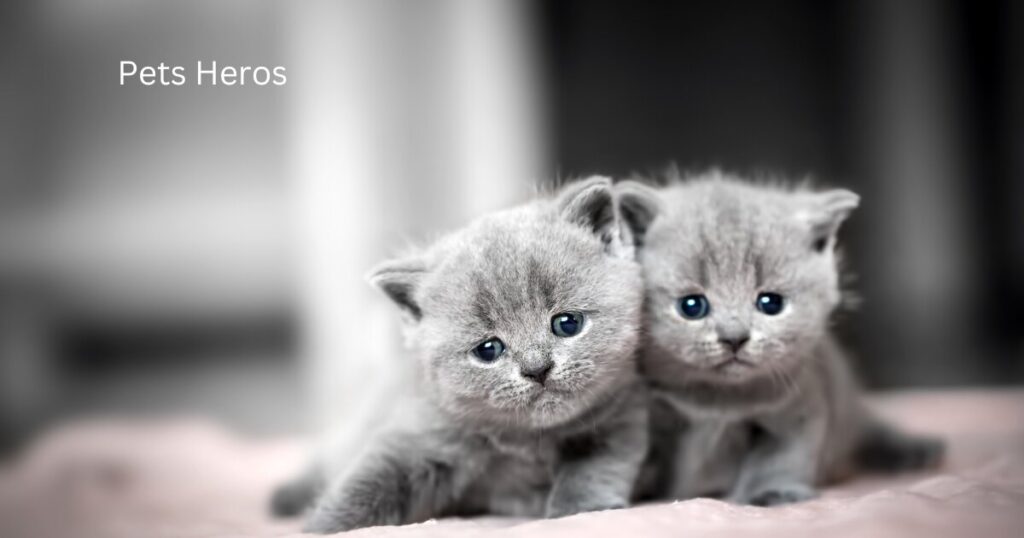
6. Scottish Fold
The Scottish Fold has a medium-sized body and a sturdy build. The legs of the Scottish Fold are short and sturdy, and its tail is short and thick.
The head is round with full cheeks and a nose that is slightly turned up. Scottish Folds have straight ears at birth, bending downwards only a few weeks later.
The eyes of the Scottish Fold are distinctively large and coppery.
Scottish Folds tend to be short-haired. However, long-haired cats can appear from time to time in a litter.
Scottish Folds have a gentle, calm temperament that makes them ideal for any household. They can adapt to single-person households or families because they are good with children.
Also, they get along well with other animals. However, it would help if you introduced any new pet slowly and sensitively. [Can a cat survive in the snow?]
Read Also: Which big cat has the longest tail?
7. Turkish Van
Turkish Vans love to jump and play. You can create a vertical play area using a cat tree, scratch posts and. Don’t be surprised to find your cat splashing around in its water dish or even trying to take a bath with
Many cat breeds have white coats. However, some breeds, like the Turkish Van, are known for their white coloring.
The “van” fur pattern was inspired by the Turkish Van, which has a white coat and only a few spots of color on its head and
Turkish Van coats are special because of the fur color and because they change with the seasons more than other coats.
Winter is a time for a thick and luxurious coat with a chest ruff that extends to the feet. Summer coats are light and short. [Can a cat survive in the snow?]
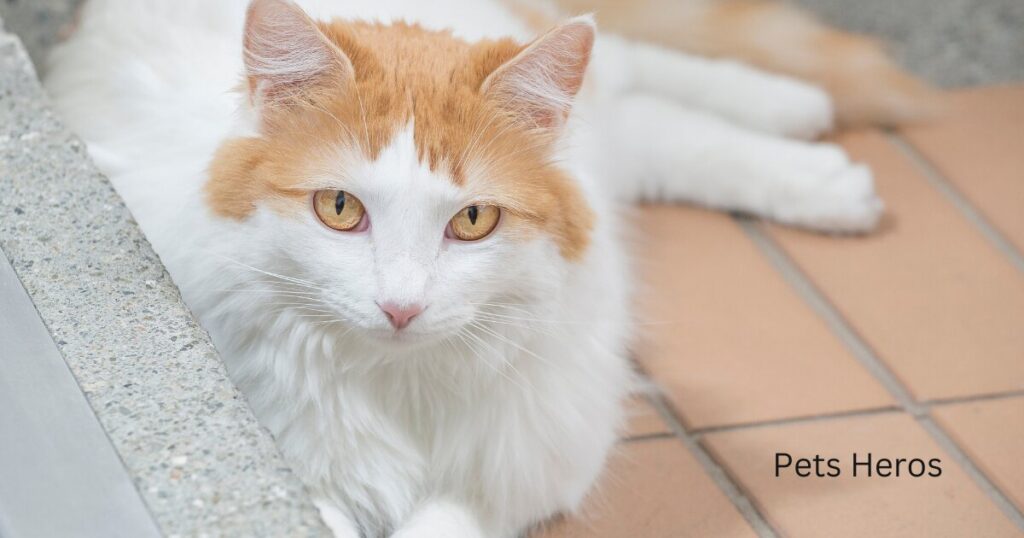
Conclusion:
While many cats can survive a short time in the snow, they cannot tolerate cold temperatures either. This depends on their breed and health.
You should monitor your cat’s time outside, ensure they are warm and dry, and provide them shelter. These precautions will help keep your cat friend warm and safe during the snowy season. [Can a cat survive in the snow?]
1. Can domestic cats survive the snow?
Ans: Some breeds of domestic cats are more suited to extreme cold than others.
2. Which factors affect a cat’s ability to survive the snow?
Ans: The cat’s age, breed, health, type of fur, and duration of exposure to low temperatures are all factors.
3. Which cat breeds do you think are best suited to snowy weather?
Ans: Breeds such as the Siberian, Norwegian Forest Cat and Maine Coon have thick fur that is built for cold climates.
